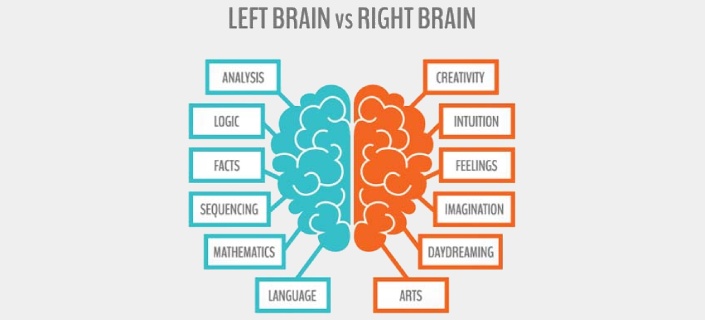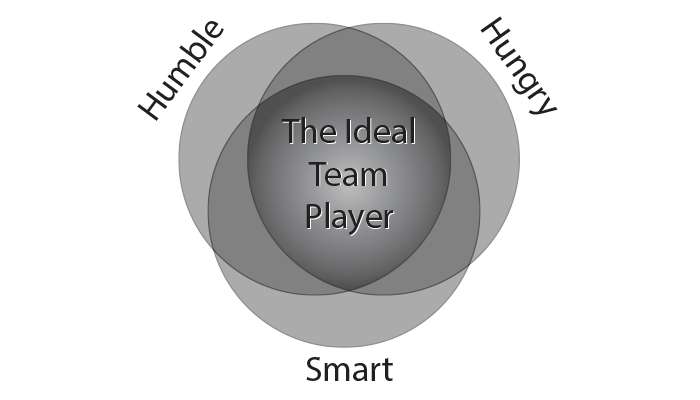
by Gary Reinecke | Sep 13, 2019 | Church Growth, Leader Development, Personal Development |
People learn to discover and follow Jesus in community. Few environments do that better than a small group. This begs the question, what did Jesus model for His disciples.
Small Groups do these two things with Excelllence:
- Care for People
- Develop People
Caring for people is with the whole person in mind.
What does excellent “pastoral care” look like?
In the small group I lead with my wife, Gina, we have established a “care-net” for the members of our group. What does that mean:
- when a person has a need, members are quick to respond
- when a person misses a small group event, they receive a call
- when a person shares a challenge they are facing, we pray
The list goes on; but you get the idea.
Three reflection questions to strengthen the “care-net” in your small group:
- What needs are we currently meeting in our small group?
- What other needs should we be more aware of at this time?
- How can we meet this new need and expand our “care-net”?
Next time I’ll discuss the second item on the list above: “Develop People”.

by Gary Reinecke | Sep 3, 2019 | Coach Training, Leader Development, Personal Development |
When Gina and I were married 25+ years ago we discussed and subsequently, researched a new hobby that we would like to learn together. The hobby we chose was mountain biking. We asked a friend what we needed; we bought two bikes, helmets, gloves and gear. Little by little we learned some of the finer points of our new hobby. We even bought a book and trained early in the morning to beat the heat in Phoenix to practice our skills.
25+ years later we are still learning new techniques that help us raise our riding skills.
About a month ago I was given a mountain bike magazine from Great Britain. In it was an article that caught my attention. It reminded readers of techniques for riding aggressive downhill trails. The tendency when going down a steep decline is to lean back. In contrast, the best way to ride an aggressive downhill trail is to stay on your seat, lean forward and bend your arms.
These tips have helped me immensely!
Take that same approach to coaching. If you have gone through a basic coach training course you undoubtedly know the importance of listening and asking questions. One thing I’ve discovered is that many leaders simply forget. I would like to remind you of the basics again. Read THIS BLOG as a refresher to the Five Shifts of a Great Coach.
Going back, reviewing the basics can make a BIG difference.

by Gary Reinecke | Aug 20, 2019 | Leader Development, Personal Development |
I have realised the power of an accurate assessment, plus a qualified coach, to help leaders succeed.
Recently I took a group of leaders through an assessment on their leadership effectiveness. it required some time on their part to administer the assessment, minimal cost and honest reflection as they responded to the questions. Each person became more self-aware than they were before and it gave the supervisor/coach an opportunity to de-brief their initial observations – at a minimum. For the leader who is serious about her/his development they are in a much better position to learn and grow. For the intrinsically motivated leader, the data from the assessment served as a catalyst to change and grow their leadership.
A simple self assessment like the one I will share below can propel people on a developmental path that could have short-term and long-term implications for the leader.
This assessment is NOT in-depth. It is not the assessment I mentioned at the start of this blog. It contains 8 questions to rate yourself on 8 essential traits of effective leaders. It does not cost anything financially.
It does however, give you a baseline measure. It does generate a report that will be e-mailed to help you, to help you move forward in your development OR to work with th members of your team. It does serve as a means to open the conversation with leaders.
Please CLICK HERE to access the Develop the Leaders Around You survey.

by Gary Reinecke | Aug 13, 2019 | Coach Training, Leader Development, Personal Development |
Last week I attended the Global Leadership Summit for about the 15th year. The faculty came from diverse areas in ministry, government and business. Each year I encourage my network to attend because of the rich leadership insights I have gleaned. In fact, several years ago I began taking my then 12-year-old son and later my teenage daughter. The GLS became an annual ritual they enthusiastically anticipated, until they entered university. Even during those early days of their development they captured key learnings about themselves that shaped them into the young adults they are becoming today.
What struck me again this year was the quality of the speaker’s content related to some aspect of leadership. One speaker that caught my attention was Craig Groeschel (Founder and Senior Pastor of Life.Church). His final presentation of the conference was on the topic of communicating, especially as it relates to vision.
His point was simple and clear:
Knowledge leads to conclusions; emotions lead to action.
Groeschel offered three questions for consideration when preparing to communicate vision:
- What do you want them to know?
- What do you want them to feel?
- What do you want them to do?
His Big Idea was for leaders to pay special attention to the emotional dimension when communicating vision. With that in mind, Groeschel concluded his talk with three things to move people’s emotions:
- Share Stories Purposefully
- Choose Words Deliberately
- Show Vulnerability Thoughtfully
As leaders, I believe we would agree that we must all sharpen our communication.
Following are two podcasts by Craig Groeschel where he elaborates on the points above. I would encourage you to watch these and share these with the leaders around you. Until next time – lead on!

by Gary Reinecke | Jul 23, 2019 | Disciplemaking, Leader Development, Personal Development |
I’ve struggled to describe the non-negotiables of a coachable person when training leaders in the coaching process and skills.
That is, until I read Patrick Lencioni’s book entitled, The Ideal Team Player. I’ve blogged about the three qualities (Hungry-Humble-Smart) as it pertains to a coachable person, in the past – CLICK HERE to review previous blogs. These are so important, easy to remember and helpful to determine if a person is a good fit.
What I did not know is that you can actually assess a person for these three qualities with a statistically reliable and valid tool – CLICK HERE to learn more.
The Harrison Assessment is capable of doing just that. This could be a very helpful exercise to assess prospective coaching clients, potential team members or as a developmental tool for people already on your team. Honestly, to have people see where they assess on the three qualities could be a humbling exercise, as well as a great way to help leaders surface blind spots. I’m always looking for new ways to come alongside leaders to help them go further faster.
If you would like to chat about this or other Harrison assessments, please CLICK HERE to schedule an appointment with Gary and discuss how The Harrison Assessment might further your mission to pre-qualify future staff hires & church planters, assess existing staff and develop your leaders.

by Gary Reinecke | Jul 14, 2019 | Church Growth, Leader Development, Personal Development |
A church recently asked me to provide an assessment for two candidates they were considering for an Executive Pastor position.
The Harrison Assessment was the tool I used to give a clear picture of the candidates. Both candidates assessed “high” in the Job Success Analysis portion of the report, that used the actual job description for the position as the filter to measure if they were good fits for the position. A deep dive into the data revealed insights into their “Traits and Behaviors” that were not evident in the interviews they had conducted. Both candidates would have made excellent Executive Pastors; but when comparing and contrasting their profiles, in conjunction with the information from the interviews, the choice was clear. One candidate stood out.
It is impossible to give an adequate explanation of the tool; but you may CLICK HERE for a 4 page online brochure explaining The Harrison Assessment.
If you would like to learn more, CLICK HERE to schedule an appointment with Gary and discuss how The Harrison Assessment might further your mission to pre-qualify future staff hires & church planters, assess existing staff and develop your leaders.
*(c) 2019. Harrison Assessment Int’l. All Rights Reserved_v2019.1 www.harrisonassessments.com





